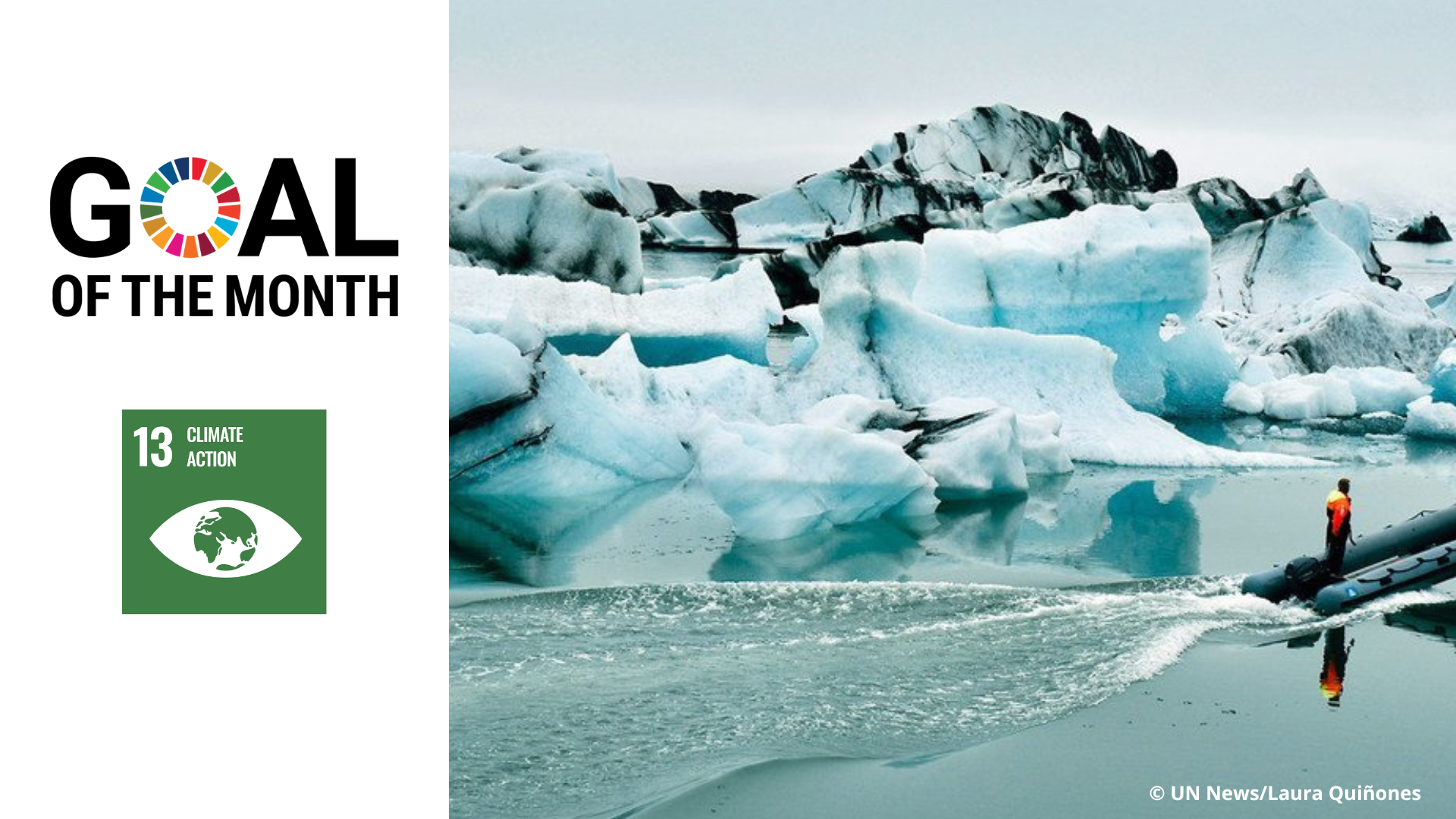“We must close the emissions gap before climate catastrophe closes in on us all”
United Nations Secretary General António Guterres
This edition focuses on Sustainable Development Goal 13 (climate action), as world leaders gather in Egypt for the UN Climate Change Conference. Taking place from 6 to 18 November, COP27 seeks solidarity and action on an array of issues critical to tackling the climate emergency – from urgently reducing greenhouse gas emissions, to building resilience, and delivering the necessary financing for developing countries.
“Every government, every business, every investor, every institution must step up with concrete climate actions for net zero,” said United Nations Secretary-General António Guterres, ahead of the 27th Conference of the Parties to the UN Framework Convention on Climate Change. “On every climate front, the only solution is decisive action in solidarity.”
COP27 Heads Up
3 November: UNEP will launch the 2022 edition of the Adaptation Gap Report
6 November: WMO will present its provisional State of the Global Climate 2022 Report
7-8 November: Watch COP27 Leaders Summit Live
7 November: WMO will launch an Early Warning Systems Action Plan
8 November: Stay tuned on the recommendations of the High-level Expert Group on the Net-Zero Emissions Commitments of businesses, investors, cities and regions that the Secretary-General is expected to receive at COP27
14 November: Water Day at COP27 sets the stage for UN 2023 Water Conference
Catch up with UN News!
- India’s first solar-powered village
- 5 ways to help countries cope with climate crisis
- 5 ways media can support climate action and tackle misinformation
- 12 ways to make a positive impact on your travels
- PODCAST: Climate, conflict, and human rights at risk
- PODCAST: Driving the climate agenda at UNGA77
Resources for COP27:
- Follow dedicated COP27 page.
- Visit the DGC COP27 web page (in six languages) for explainers, updates and useful links in the lead-up to and during COP
- Subscribe daily COP27 climate newsletter
- Subscribe Lid is ON COP27 special edition podcast
- Follow news on Twitter @UN, @UN_News_Centre & @GlobalGoalsUN
- Subscribe COP27 Youtube Channel
- Spread the word by using social assets for COP27
Other Highlights
15 November: The world’s population reaches 8 billion
19 November: World Toilet Day
28 November: Internet Governance Forum










